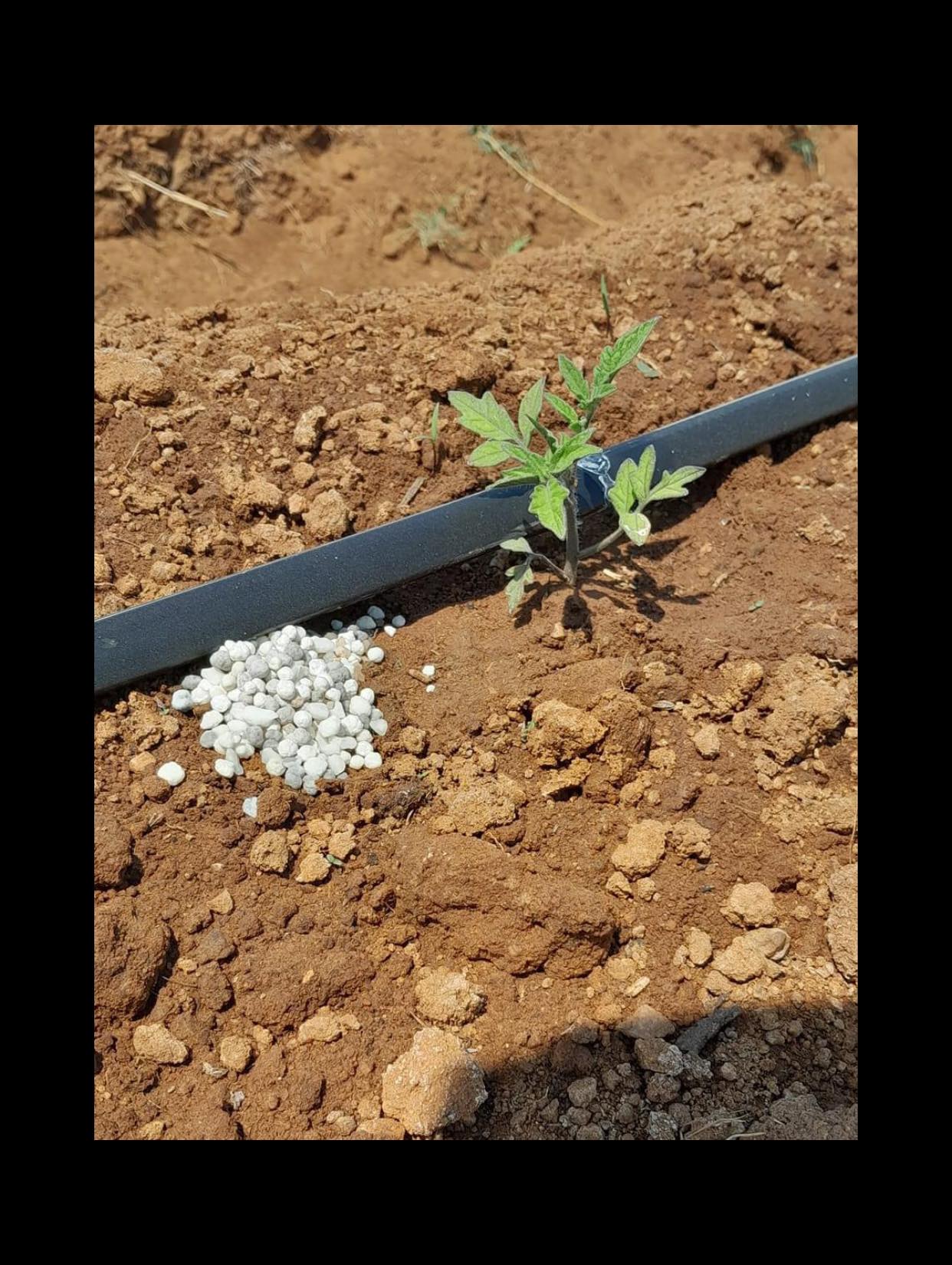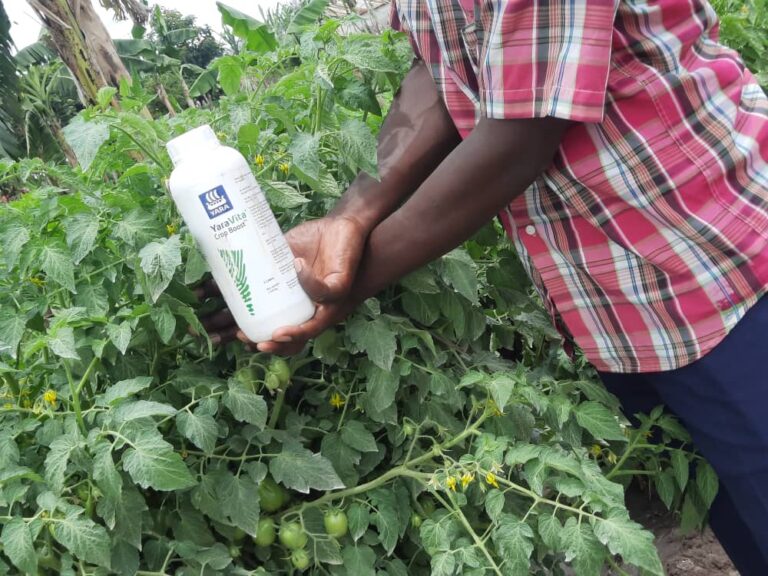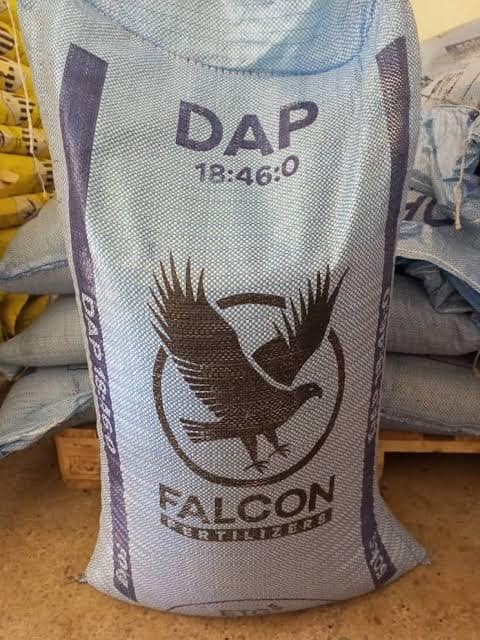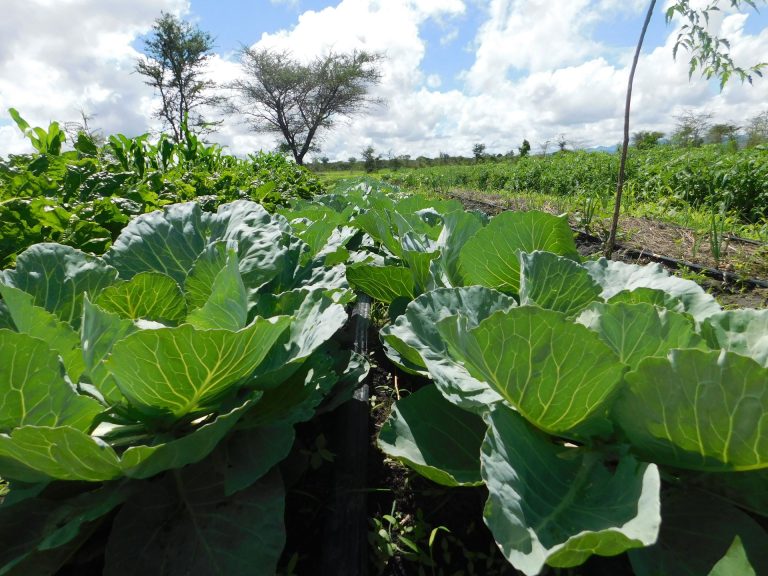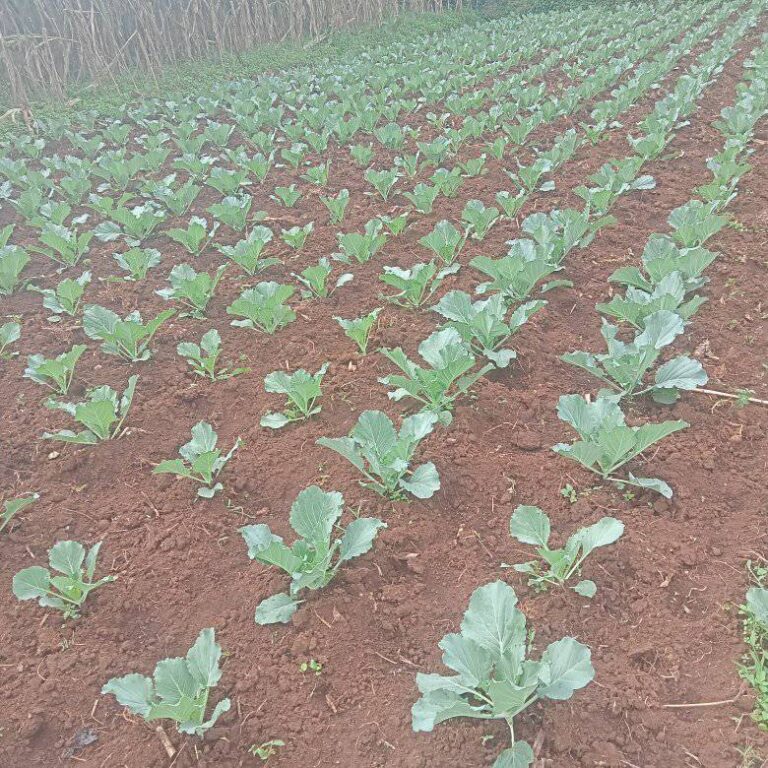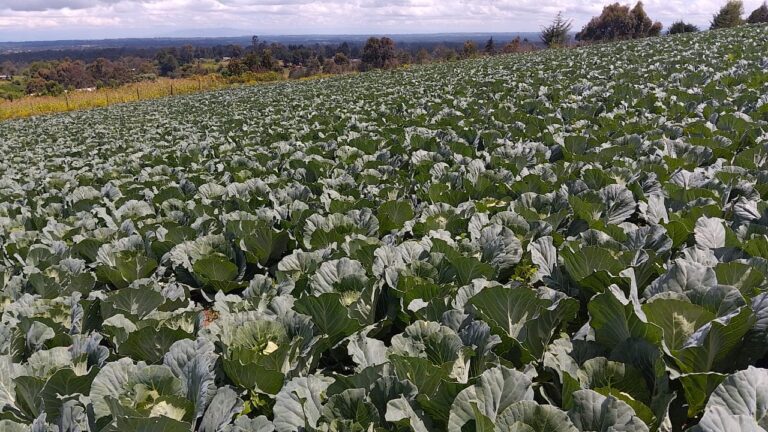Top Dressing Method of Fertilizer Application: Advantages, Disadvantages, and Best Practices
Top dressing refers to the application of fertilizer or soil amendments to the surface of an established lawn, pasture, or crop field. It is a common fertilization technique to provide supplemental nutrients during the growing season.
This article provides an overview of top dressing, its suitability for different situations, key advantages and limitations, best management practices, and overall role in nutrient management programs.
What is Top Dressing?
Top dressing involves spreading fertilizer or other granular materials evenly over the soil surface using broadcast spreaders or other equipment. It can be done at planting or on established vegetation to boost nutrient availability during the growing season.
Some examples of top dressing applications include:
- Spreading nitrogen fertilizers on wheat fields in early spring to support growth and yield.
- Applying compost or manure to grasslands to improve soil fertility and plant nutrition.
- Adding specialized mixes to golf course turf to modify soil conditions and playability.
Top dressing provides a simple way to make uniform applications without the need to incorporate materials into the soil. It can be done quickly across large areas and repeated periodically as needed.
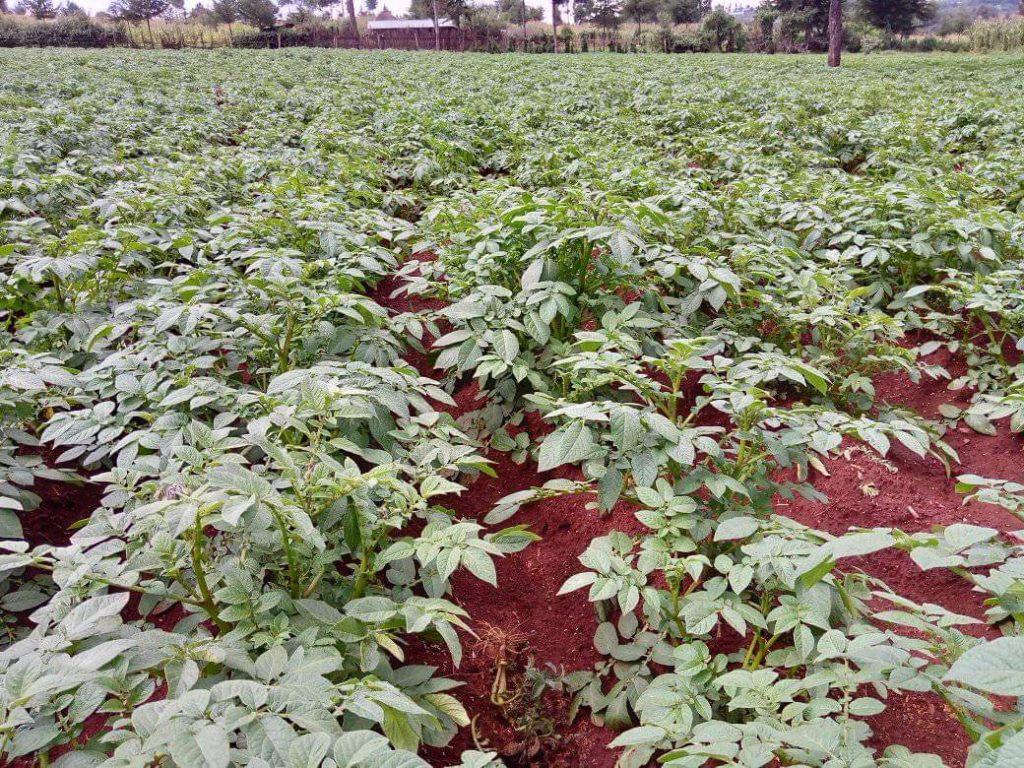
When is Top Dressing Suitable?
Top dressing works best for:
- Established crops, lawns, and pastures where incorporation will damage existing plants
- Fertilizing extensive acreage where banding or injecting fertilizers is impractical
- Applying immobile nutrients like phosphorus and potassium that do not need soil incorporation
- Introducing soil amendments to modify conditions over a large area
- Boosting nutrient levels during the growing season based on crop demands
- Correcting micronutrient deficiencies detected through tissue testing
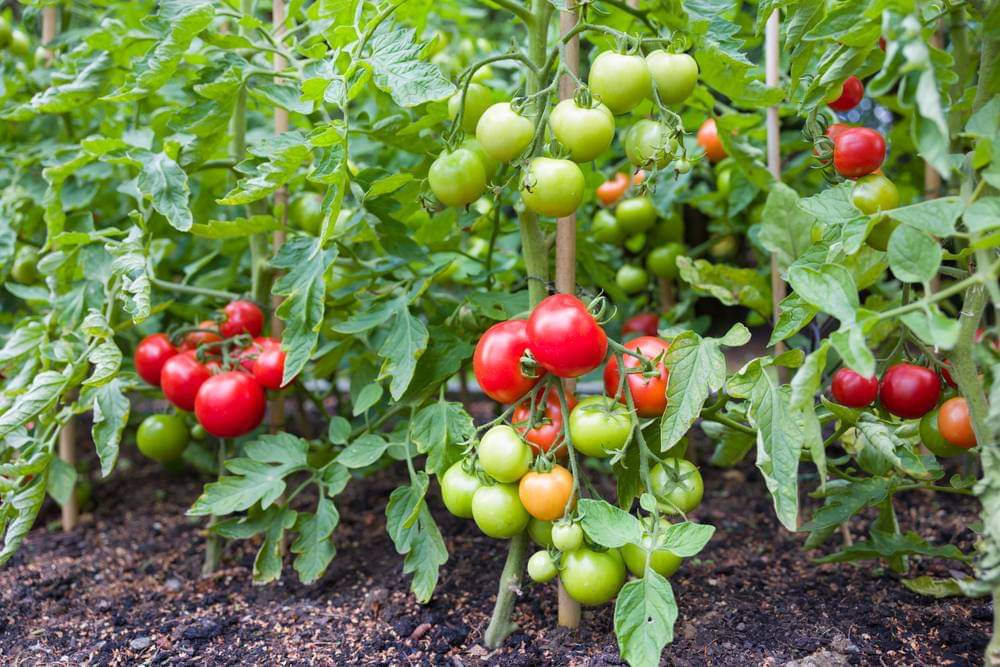
Advantages of Top Dressing
Some key benefits of using top dressing for fertilizer application include:
- Flexibility: Can be done at planting or later in the season based on crop requirements.
- Simplicity: Does not require specialized equipment for soil incorporation.
- Timeliness: Rapid application across large areas compared to banding or injecting.
- Cost-effectiveness: Lower input costs compared to repeated broadcast applications.
- Low disturbance: Avoids damage to established vegetation that tillage or soil injection may cause.
Disadvantages and Limitations
However, there are some limitations to consider:
- Nutrient losses: Surface applied nutrients like nitrogen are prone to volatilization and leaching losses.
- Lower efficiency: Nutrients remain concentrated at the soil surface, reducing root uptake compared to incorporated methods.
- Uneven distribution: Materials can get blown away or fall between plants leading to non-uniform application.
- Weed growth: Surface applied fertilizers can feed weeds growing between crop rows or turf.
- Burn risks: High fertilizer rates can damage leaves and stems of seedlings if applied directly on foliage.
Best Practices for Top Dressing
Some recommendations to improve the effectiveness of top dressing include:
- Selecting fertilizers with minimal salt index to prevent seedling damage.
- Making multiple lighter applications based on crop growth stages to improve nutrient uptake.
- Applying before expected rainfall or irrigation to move surface materials into the soil.
- Using streamer nozzles, drop spreaders, or airflow spreaders to improve distribution.
- Avoiding steep slopes and areas near water bodies prone to runoff.
- Combining with pre-plant broadcasting or starter banding to boost early nutrient availability.
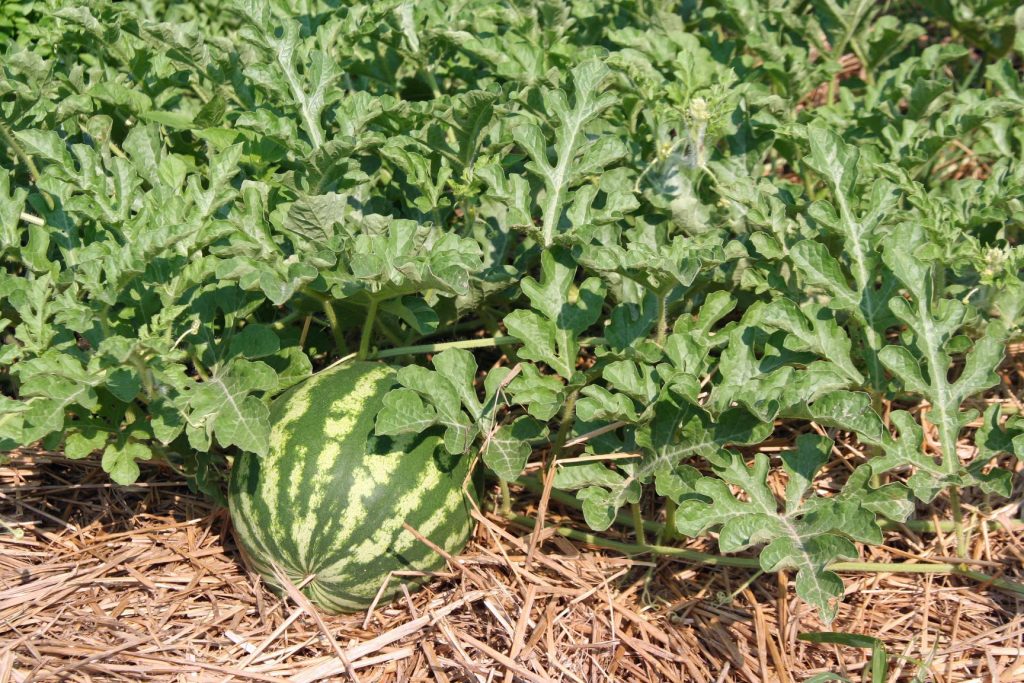
Role of Top Dressing in Nutrient Management
When used judiciously, top dressing can be a valuable technique in an overall nutrient management plan by:
- Providing supplemental nutrients to established crops during high demand periods
- Allowing in-season adjustments of fertilizer rates based on plant health and growth
- Reducing total fertilizer requirements compared to broadcast-only programs
- Introducing soil amendments to improve conditions over large areas
- Serving as an efficient alternative when soil incorporation is not practical
However, it should not serve as the sole fertilization method in most situations. Combining top dressing with pre-plant broadcasting, banding, or fertigation where feasible provides a more integrated approach to meet crop nutrient needs.
Conclusion
Top dressing offers a simple, rapid, and flexible way to provide supplemental nutrients during the crop growth cycle without disrupting established vegetation. When used in conjunction with sound nutrient management practices, it can improve fertilizer efficiency compared to broadcast-only regimes.
However, the potential for nutrient losses and non-uniform distribution needs to be addressed through proper timing, fertilizer choice, and application techniques.
Overall, top dressing serves as a valuable tool that can be integrated with other methods like banding and broadcasting to formulate comprehensive nutrient management programs.
